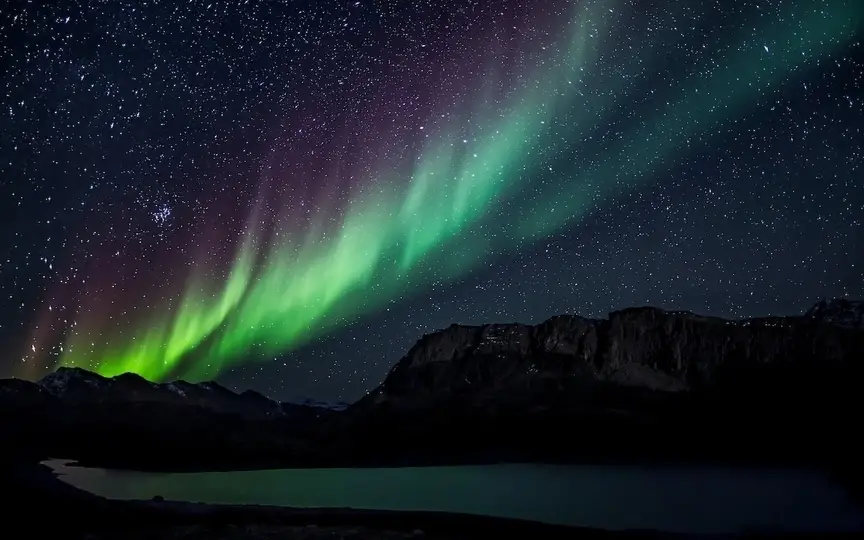Stunning Northern Lights Displayed as CME Causes Geomagnetic Storm
In recent months, the Sun’s activity has been steadily increasing and is projected to rise further as we approach the solar maximum. This phase marks the peak of solar activity, leading to a higher occurrence of solar flares, CMEs, solar storms, and geomagnetic storms. These solar events possess the capacity to inflict harm on our planet. Particularly vulnerable are technological devices, which face the risk of power outages and disruptions in radio communication during such occurrences.
A few days ago, the Space Weather Prediction Center (SWPC) of the National Oceanic and Atmospheric Administration (NOAA) predicted that a CME was on its way to Earth and could hit the planet soon.
Geomagnetic storm effect
According to a report by spaceweather.com, the CME impact occurred on October 20, which was earlier than expected. When this CME hit Earth, it tore a gap in the planet’s magnetosphere due to the strong magnetic fields. This CME effect was initially ignored, but the solar wind burst through this gap, resulting in a geomagnetic storm. This breathtaking phenomenon occurred in both the northern and southern hemispheres.
Photographer Ian Griffin captured the spectacular Northern Lights from New Zealand’s Otago Peninsula. Speaking to Spaceweather, Griffin said: “I was out preparing to photograph the Orionid meteor shower, which is in the northern sky from here in New Zealand. But around 9.30am local time, my attention was completely diverted when a spectacular aurora exploded in the southern sky.
Canadian skies saw pearls and swirls, while midwestern US states like Kansas and Missouri also saw spectacular streaks of light across the sky.
Parker Solar Probe observations
On September 5, NASA’s Parker Solar Probe recorded one of the most powerful Coronal Mass Ejections (CME) ever recorded as it flew past the Sun. According to NASA, the CME threw interplanetary dust about 6 million miles away, which is one-sixth the distance between the Sun and Mercury. Amazingly, it was replenished almost immediately by the dust floating in space.
Johns Hopkins Applied Physics Laboratory (APL) astrophysicist Guillermo Stenborg, who led this study, said: “These CME-dust interactions were theorized two decades ago, but were not observed until the Parker Solar Probe saw the CME acting as a vacuum. cleaner, cleaning up the dust out of the way.”




